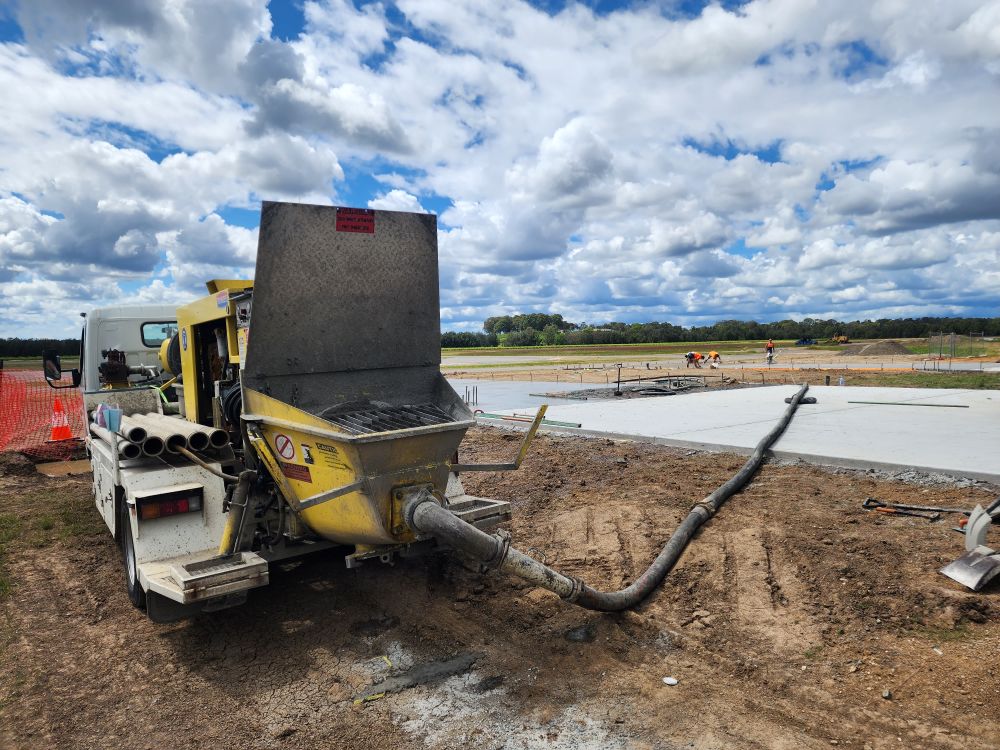Comprehensive Guide to Selecting the Right Concrete Pump: Line Pump vs Boom Pump
To make a well-informed decision regarding your concrete pump selection for your construction project, it’s crucial to grasp the essential differences between line pumps and boom pumps. Line pumps are particularly advantageous for residential projects and locations with limited access, while Boom pumps are specifically designed for handling large-volume pours and can efficiently cover considerable distances. When choosing the right pump, you should factor in critical elements such as site accessibility, the pour size, and the necessary delivery speed. A thorough assessment of these criteria will empower you to select the most suitable pump tailored to your specific project needs.

Unlock the Advantages of Line Pumps for Your Concrete Projects
Line pumps are specifically designed to transport concrete efficiently through a network of steel pipes or flexible hoses. This makes them exceptionally beneficial for residential construction sites, backyards, footpaths, and various scenarios where access may be restricted. Their compact design and quick setup capabilities position them as the optimal choice for smaller pours, allowing you to boost efficiency without compromising on quality. By choosing line pumps, you can significantly decrease reliance on barrows, thus lowering labour costs on projects where a boom truck might struggle to navigate. This choice not only optimises your workflow but also conserves both time and resources, ensuring a smooth project delivery.
Maximise Project Efficiency with Line Pumps in Limited Spaces
In situations where space is constrained, line pumps provide a reliable solution for transporting concrete through flexible hoses. Construction teams frequently utilise these pumps for tasks involving residential slabs, footings, and smaller pours that are challenging for larger boom trucks to access. Their rapid setup time and lower operational costs make them an excellent choice for projects situated in tight quarters, such as narrow driveways and congested streets. By opting for a line pump, you can ensure your project advances without the usual delays and complications associated with using larger machinery, ultimately facilitating a smoother workflow.
Identify Optimal Situations for Implementing Boom Pumps
Boom pumps are mounted on trucks and feature extendable arms capable of reaching over buildings, into foundations, or accessing elevated areas within formwork. This functionality makes them ideal for commercial sites, large slabs, or any high-volume pours where efficiency is crucial. The use of a boom pump can result in considerable time savings, as operators can utilise remote controls for precise placement of concrete, which in turn reduces both labour costs and material wastage. If your project requires a significant volume of concrete and extensive reach, employing a boom pump is undoubtedly the most efficient tool to fulfil your requirements effectively.
Essential Strategies for Selecting the Perfect Concrete Pump for Your Project
- For small to mid-sized pours: Opt for a line pump to benefit from its efficiency and cost-effectiveness.
- For large slabs or commercial projects: Always choose a boom pump to effectively manage the required volume.
- In confined job sites: A line pump is the best choice for locations where boom pumps cannot operate efficiently.
- When needing to reach over structures: A boom pump can cover extensive distances swiftly and efficiently.
Make Educated Decisions with Hunter Concrete Pumps for Exceptional Results
Commence your selection process by thoroughly assessing your site conditions. If access is limited or the pour size is relatively small, a line pump is typically the more efficient and cost-effective choice. However, for larger projects that involve multi-level buildings, substantial infrastructure work, or significant concrete pours, a boom pump excels in delivering higher volumes of concrete quickly, effectively eliminating the need for excessive handling and streamlining operations.
In the Hunter Valley and Newcastle regions, we often observe line pumps being deployed for projects such as driveways, footings, and pool constructions. Conversely, boom pumps are favoured for tasks that necessitate a high volume of concrete or require vertical reach, including bridge decks, multi-storey buildings, and industrial pads. By comprehending these specific applications, you can make the most informed decision regarding your concrete pumping requirements.
The Article: Line Pump vs Boom Pump: Choosing the Best for Your Build first appeared on https://writebuff.com
The Article Line Pump vs Boom Pump: Which Is Best for Your Project? Was Found On https://limitsofstrategy.com

